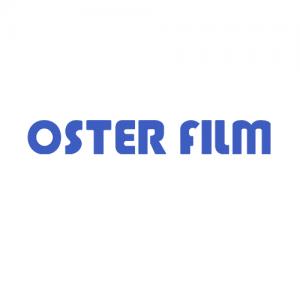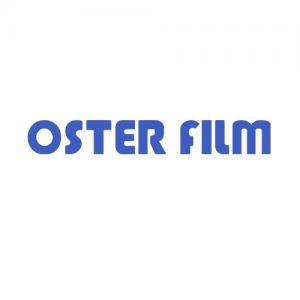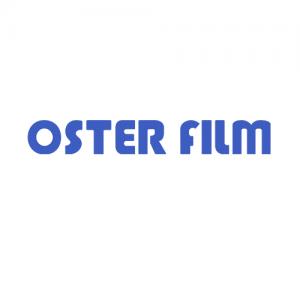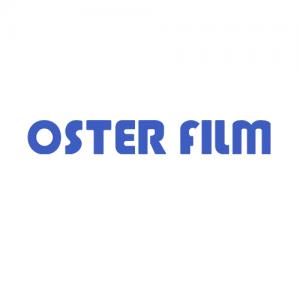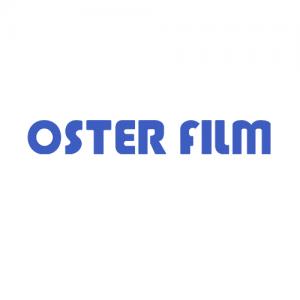PVB and EVA foils in glass lamination
Laminated glass is composed of an interlayer sandwiched between glass.Laminated glass has high strength and high safety.
Even after the glass is broken, the broken glass fragments will stick to the film to avoid cuts.
Therefore, the application of laminated glass in curtain walls, railings, shower rooms, etc. is constantly expanding.
However, when choosing laminated film, which film would you choose?What is the difference between EVA film and PVB film?
PVB polyvinyl butyral was invented 90 years ago and has always been the main material for laminated glass.
It is still the most used film on the market so far.
PVB characteristic
Large investment in processing machine,autoclave or oven
Mass production
High strength High water absorptionHigh storage cost
The main disadvantage of using PVB is its poor water resistance.
If exposed to a humid environment for a long time, it is easy to delamination.
This means that PVB cannot be used on bare edges.
EVA interlayer
Compared with PVB, EVA (ethylene vinyl acetate) is a newer intermediate layer.
Over the years, EVA films have made a lot of progress.
After the cross link reaction occurs from the high temperature processing of the thermoplastic structure,
EVA can make the internal molecules produce very strong bonds, thereby ensuring better performance under special conditions such as high temperature or high humidity.
EVA characteristics
High transparency
Low investment in processing machine,Glass laminating machine or furnace
High adhesiveness(high moisture resistance) Small investment, easy to stock Low water absorption Various thicknesses and colors